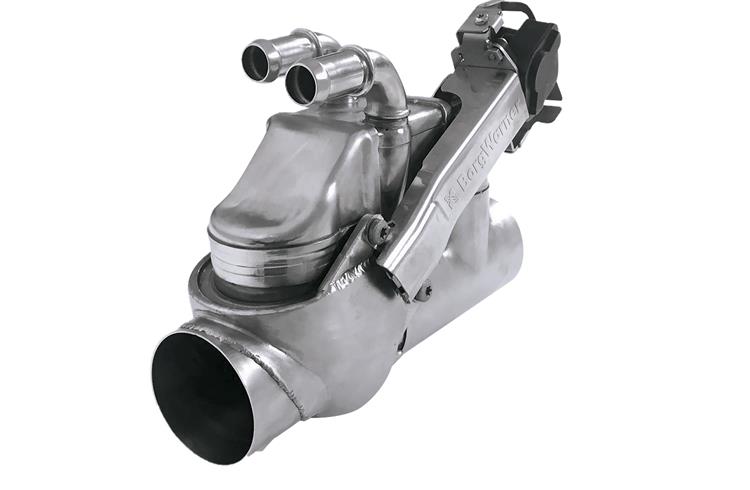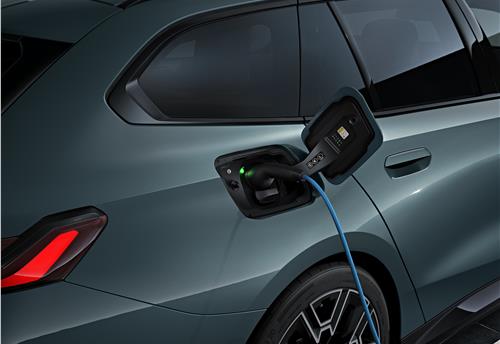New exhaust heat recovery system to help HEVs and PHEVs improve efficiency
By using the heat from exhaust gas usually diverted through exhaust pipes and wasted, BorgWarner’s Exhaust Heat Recovery System reduces engine warm-up time, enhances efficiency and significantly improves fuel economy by up to 8.5 percent and reduces emissions significantly. Cost-effective solution offers compact packaging, low weight and can easily be integrated into existing vehicles.
BorgWarner, the global product leader in clean and efficient technology solutions for combustion, hybrid and electric vehicles, has announced development of an innovative solution for hybrid electric vehicles (HEVs) and plug-in hybrid electric vehicles (PHEVs). The company’s Exhaust Heat Recovery System (EHRS) is set to enter production later this year for vehicles from a major North American automaker.
By using the heat from exhaust gas which would normally be diverted through the exhaust pipes and wasted, the company’s technology reduces engine warm-up time, enhances efficiency and significantly improves fuel economy and reduces emissions. This cost-effective solution offers compact packaging, low weight and can easily be integrated into existing vehicles.
“Until a cold engine reaches its optimal operating temperature, it is much less fuel efficient and generates higher emissions, which is one of the challenges to master for upcoming emissions regulations. Our EHRS minimizes engine heat up time, helping automakers around the globe meet new and more stringent regulations,” said Joe Fadool, president and general manager, BorgWarner Emissions & Thermal Systems. “With the EHRS, BorgWarner serves the growing demand for highly efficient solutions to reduce emissions and strengthens its position as a leading supplier of clean technologies.”
Combining an exhaust gas recirculation (EGR) system with a waste heat recovery system (WHRS), BorgWarner leveraged its experience in heat transfer and exhaust gas aftertatment technologies, such as EGR coolers and valves, to come up with EHRS. The EHRS reduces mechanical losses by using the energy conserved within the exhaust gas. During engine cold starts, a valve controls the exhaust gas flow, routing it through a heat exchanger, where the thermal energy of the gas heats up the vehicle’s subsystem fluids. As a result, the engine warms up faster, reducing emissions and improving fuel efficiency. BorgWarner says its low-pressure EGR valve precisely controls the temperatures in the combustion chamber, improving engine efficiency and combustion timing. In addition, the technology reduces carbon monoxide (CO) and nitrogen oxide (NOx) emissions as well as particulate matter (PM).
RELATED ARTICLES
Nissan shows in-construction all-solid-state battery pilot line in Japan
Under the Nissan Ambition 2030 long-term vision, Nissan aims to launch EVs equipped with the batteries by fiscal year 20...
BMW Group sells 82,700 BEVs in Q1 2024, sees growth across all key markets
The company has delivered a total of 82,700 fully-electric BMW, Mini and Rolls-Royce vehicles to customers worldwide, up...
Lanxess and IBU-tec to develop iron oxides for LFP EV batteries
Collaboration aims to improve performance of LFP cathode material; reduced carbon footprint of batteries through use of ...





 By Autocar Pro News Desk
By Autocar Pro News Desk
 01 Aug 2018
01 Aug 2018
 3913 Views
3913 Views









